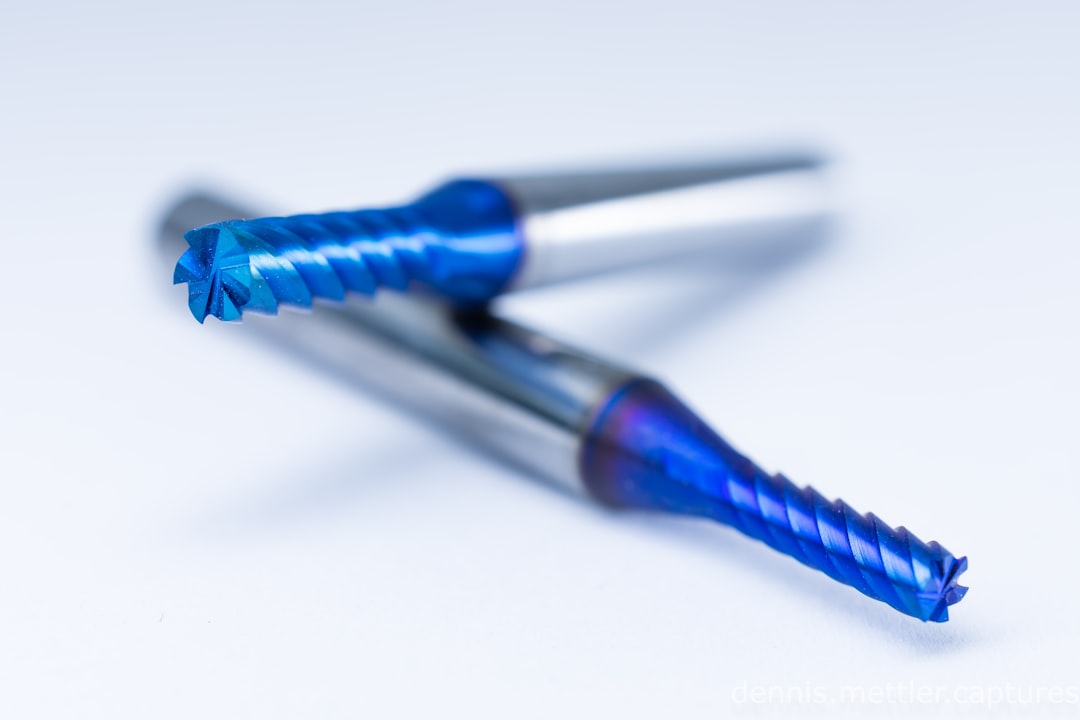What is it about?
Spontaneous vitrification is also known as "inverse melting". This phenomenon occurs in many binary alloy systems. In the Ti-Cr system, it is usually modelled that the more open b.c.c structure becomes amorphous during this process. However, this is not consistent with experimental observations which indicate that the hcp structure also transforms to the amorphous phase. Modelling this non-equilibrium transformation using the Transformation Diagram is consistent with experimental observations.
Featured Image
Why is it important?
The phenomenon of "inverse melting" occurs in alloy systems, in polymers and also in super conductors. This a non-equilbrium transformation process. The conventional approach to modelling these transformations uses the equilibrium phase diagrams as the basis for predicting the transformations. The Transformation Diagrams used here to predict the occurrence of this phenomenon can successfully model this phenomenon. The predictions of the model are more consistent with experimental observations.
Read the Original
This page is a summary of: Thermodynamic modelling of the spontaneous vitrification process using transformation diagrams, Calphad, December 2010, Elsevier,
DOI: 10.1016/j.calphad.2010.07.004.
You can read the full text:
Contributors
The following have contributed to this page










